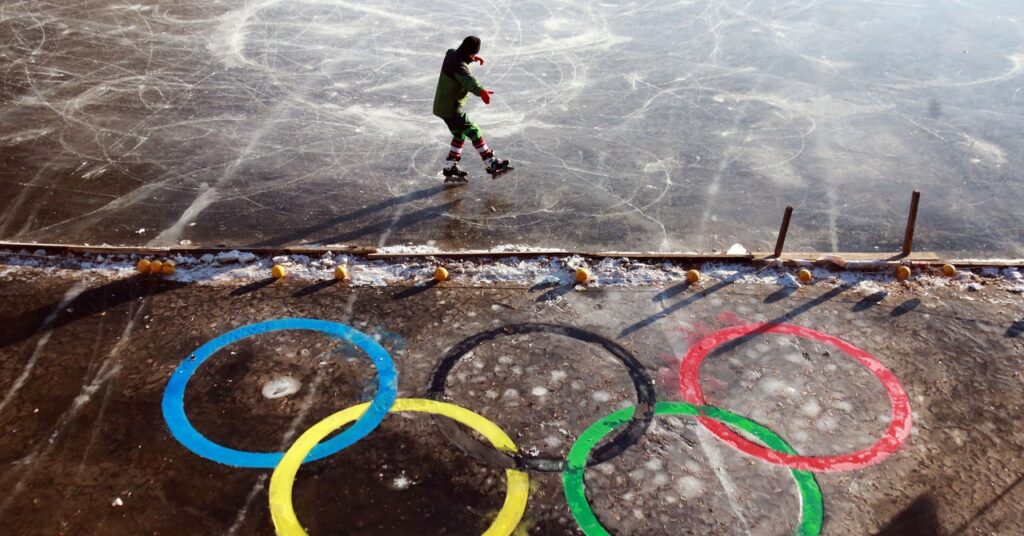Remote Coaching Makes Training More Accessible—Even for Skaters
It turns out you don’t need an ice rink to practice skating. Virtual tools offer deep human connection and access to…


One of my students, 14-year-old Jayne Kim, who I’ve coached for over seven years, says, “Zoom video lessons have helped me see the small details and see myself more objectively.” Her mom Mia adds, “This has given her a different perspective on her skating. Plus, we like that there is flexibility in scheduling.” It’s true: We aren’t restricted by tight session schedules and boxed in by Zamboni breaks.
I’ve been using video analysis with my phone inside the rink for many years, along with my fellow coaches. (In fact, my own coaches incorporated video analysis long ago when I was training, by having a video camera operator standing by the side of the rink. Back then, we’d take the VHS tapes home and watch them on our TVs.) But looking at the footage together from home, without the distractions of other skaters’ music, the voices of other coaches, and the pressure to get in more repetitions, we can concentrate on the corrections with more focus.
This isn’t just possible in the figure skating world. Former triathlete Mackenzie Madison is also leveraging video to help her athletes remotely. She is based in Oregon but coaches triathletes around the world. She does the majority of her work through social media and texting and enhances her video analysis of running and swimming form with apps like Dartfish. A self-described data geek, she’s also using Garmin, GPS, and Training Peaks to track her athletes’ progress from afar.
What she feels has been the biggest and most surprising benefit of coaching remotely is something I’ve also experienced: increased human connection. She says she has opened herself up to more consistent contact with her remote athletes than ever before.
“You can’t be too formal with this, or there isn’t going to be a connection,” she says. “To make up for the distance, I’m making this more of a partnership. I want people to feel heard.”
While she of course still values coaching in-person, she is finding that she can provide more individualized attention to her athletes in this format, and she keeps detailed notes on each athlete. “It’s all about being creative, changing things up as a coach, and encouraging your athletes to make changes as well.”
With my skaters, I’m still combining off-ice exercises with video analysis. Daniela Senitta, mother of Charlotte, age 12, is happy to see how much stronger her daughter is getting from the off-ice portions of our lessons. Senitta, who is also a former figure skater, says, “I can see that this is translating to how she’s performing on the ice.”
Lauren Cozza’s 9-year-old son, Joey aka “Kid Boogie,” took up competitive breakdancing during the pandemic through the Kids Breaking League, located in the Bronx, in New York City. Breakdancing, or “breaking” (yes, the same breakdancing that’s been popular since the 1970s), is now a rapidly growing sport that will debut in the 2024 Paris Olympics.
Joey still trains through zoom on Thursday nights even though his mom also drives him 30 miles from the NY suburbs for in-person training sessions and competitions, called Battles, on the weekends. Due to her work schedule, Cozza can’t make this commute more than once per week. Plus, she likes that, on Zoom, her son isn’t distracted by the other kids. “It’s just him and his own space.”




